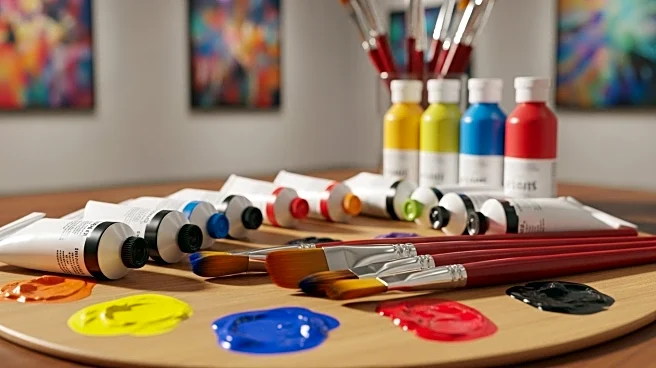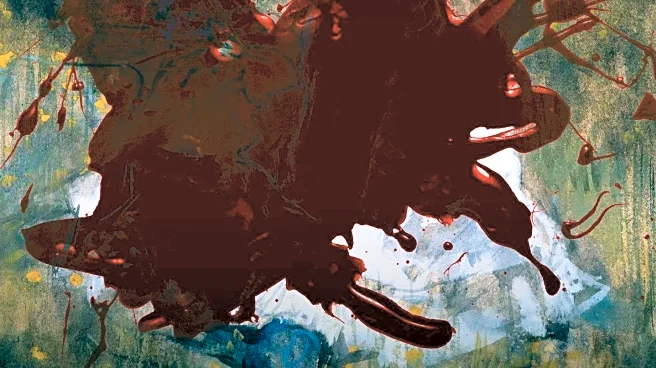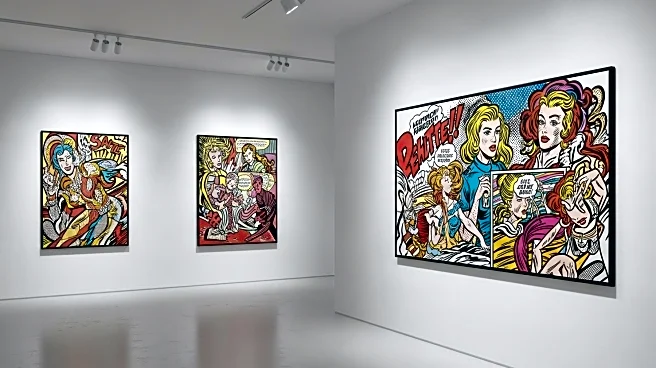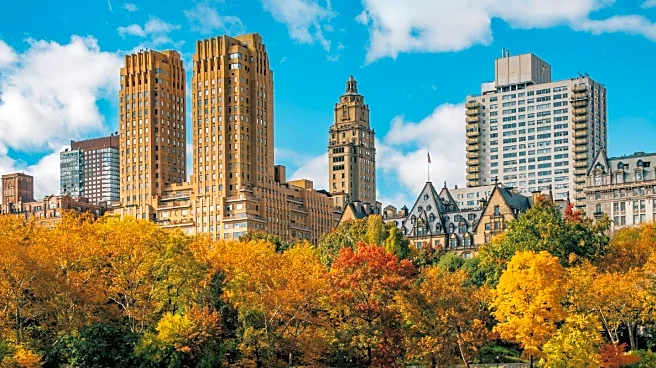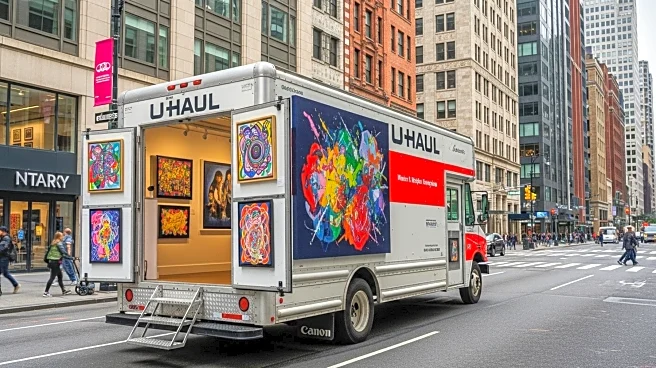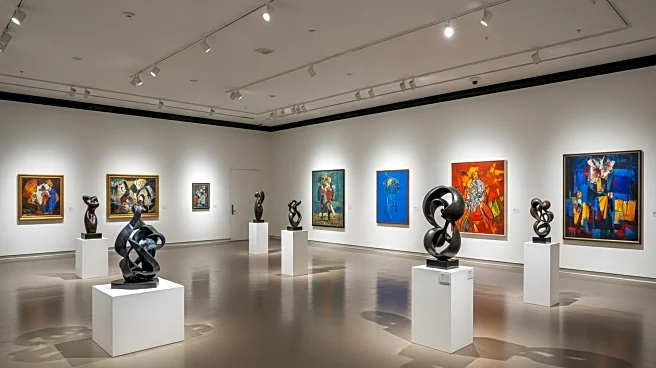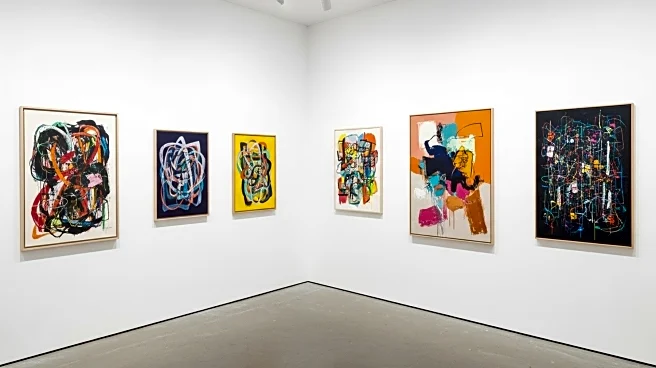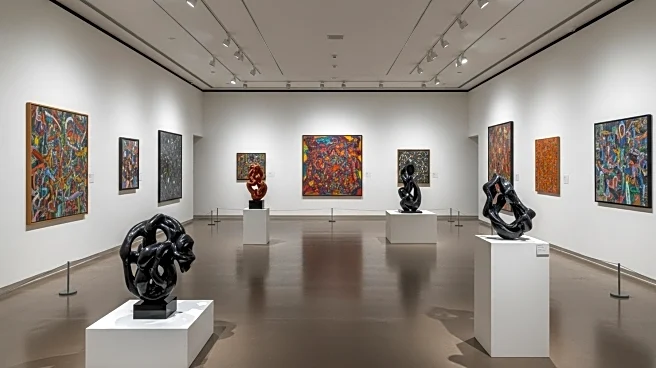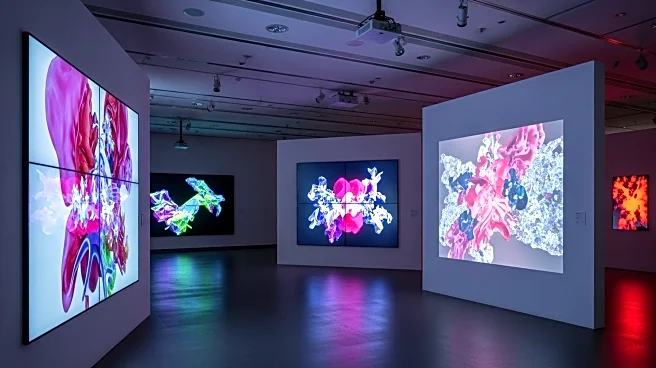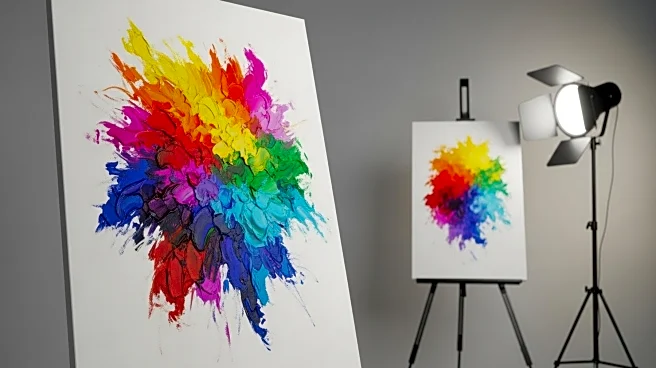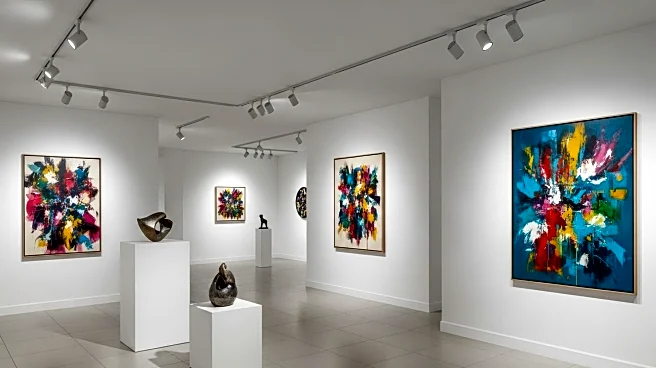What's Happening?
Art fairs, traditionally seen as commercial events, are increasingly incorporating non-profit organizations to support artists and enrich their offerings. The Armory Show 2025 in New York will feature nine non-profit entities among its 230 exhibitors, highlighting the role of these organizations in championing artists, particularly those from underrepresented backgrounds. Souls Grown Deep, a non-profit focused on Black artists from the American South, will present large-scale works in the fair's Platform sector. The Armory Show director, Kyla McMillan, emphasizes the importance of non-profits in creating networks around artists' work. Non-profit exhibitors are invited to apply for stands and receive subsidized rates, with one New York-based non-profit awarded a fully funded stand annually. This approach mirrors strategies used by Frieze, which collaborates with non-profits for co-commissioning performances and other initiatives. Independent 20th Century, another art fair, engages with non-profits through specific projects, such as commemorating anniversaries of art centers.
Why It's Important?
The collaboration between art fairs and non-profit organizations is significant as it broadens the scope of art fairs beyond commercial transactions, fostering community and support for artists. This partnership provides non-profits with a platform to showcase their missions and engage with a wider audience, potentially leading to increased funding and visibility. For artists, especially those from marginalized communities, these collaborations offer opportunities for exposure and networking, which can be crucial for career development. The integration of non-profits into art fairs also reflects a shift towards more inclusive and diverse art representation, aligning with broader societal movements advocating for equity and representation in the arts.
What's Next?
As art fairs continue to integrate non-profit organizations, there may be further developments in how these collaborations are structured and expanded. Art fairs might explore new ways to support non-profits, such as offering more comprehensive funding or creating dedicated spaces for non-profit exhibitions. Additionally, the success of these partnerships could inspire other art fairs to adopt similar models, potentially leading to a more widespread transformation in the art market. Stakeholders, including artists, galleries, and non-profits, will likely continue to engage in dialogue to refine these collaborations and maximize their impact.
Beyond the Headlines
The collaboration between art fairs and non-profit organizations may have deeper implications for the art world, challenging traditional boundaries between commercial and charitable sectors. This integration could lead to innovative approaches in art curation and exhibition, fostering a more dynamic and interconnected art ecosystem. Furthermore, it raises questions about the sustainability of such partnerships and the potential for non-profits to influence the commercial art market. As these collaborations evolve, they may also contribute to broader cultural shifts, promoting values of inclusivity and community engagement within the arts.
